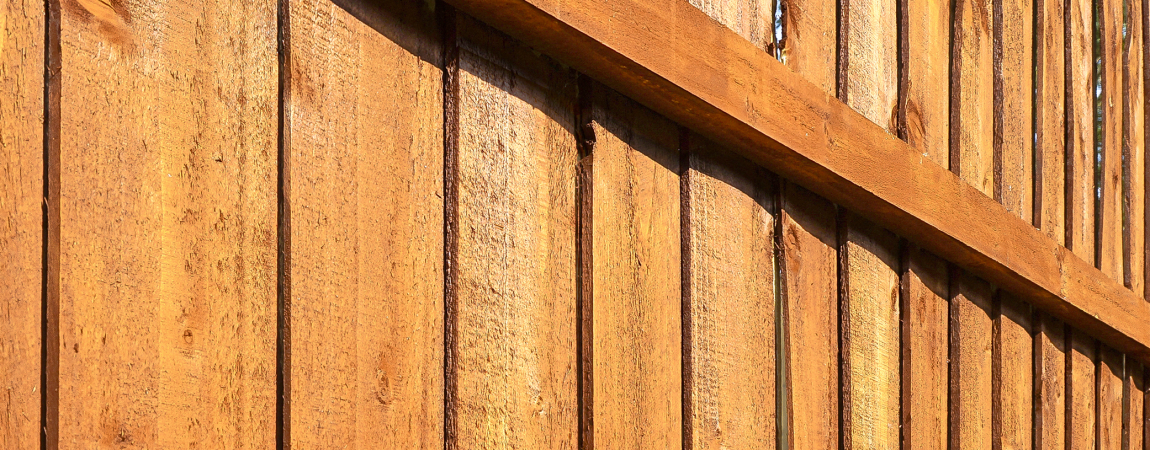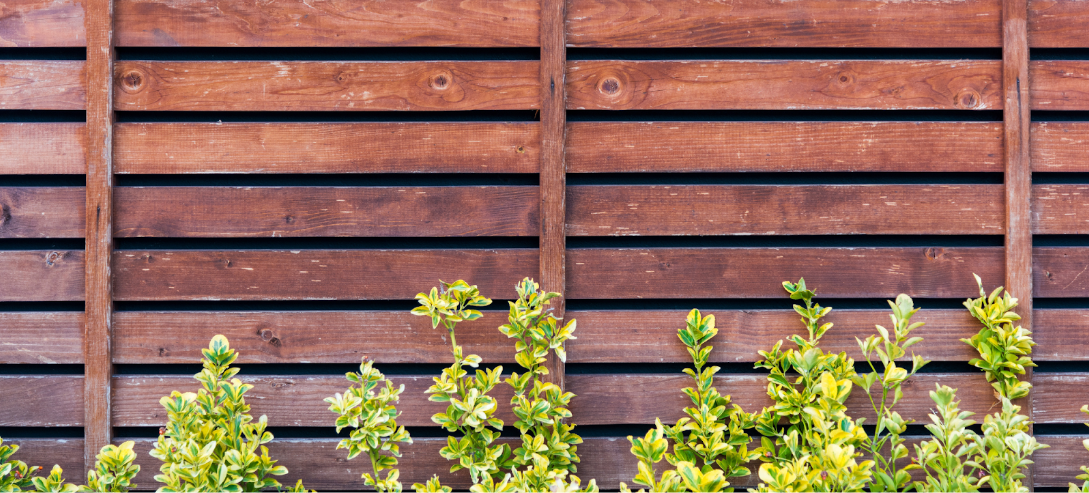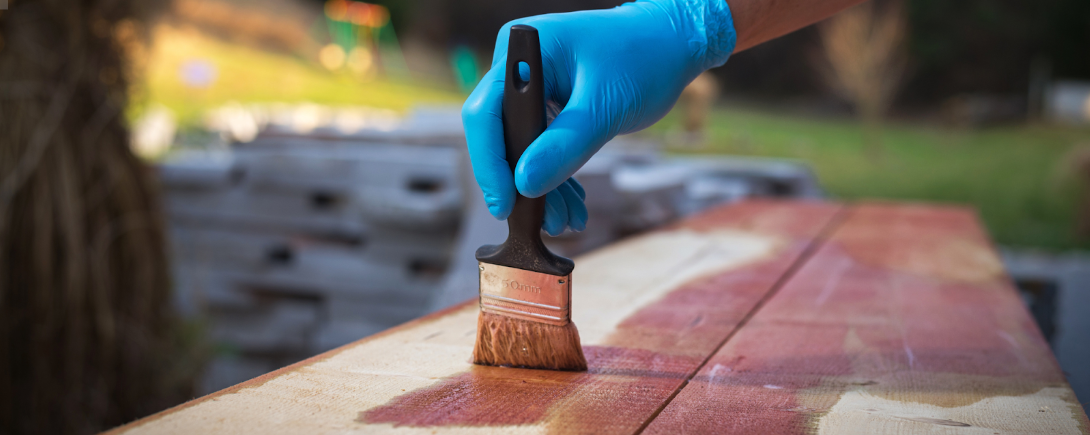
Stain Options for Fences: Choosing the Right Fence Stain
Posted on April 27, 2023
A solid wood fence is the highlight for many backyards. Whether your fence serves as a complement to the green and growing landscape you work so hard on, is the hanging place for yard decorations, or is simply a tool to keep your kids and animals inside, your fence will set the tone for the rest of your yard. However, years of use and constant exposure to the elements can quickly turn a beautiful landmark into a dirty, outdated eyesore. If this is the case for your fence, it is more than likely time to get started on your fence staining project.
Staining a fence is easier said than done, however, as there are so many options to choose from when picking your fence stain. How do you make sure you choose the right fence stain for your backyard? Our professionals are here to help. While each fence is different, there are a few things you can keep an eye out for as you begin the fence staining process.
What Are the Main Types of Fence Stains?
Before we dive too deep into the world of fence staining, it is important to know the three main types of fence stain options: transparent, semi-transparent, and solid. These terms refer to how much of the wood grain you want to be able to shine through the stain.
Transparent Stain

Transparent stain is best for new fences, or fences that have a great grain that you want to highlight. The stain will provide subtle color accents, but let the natural beauty of the wood really come through. This is often the most cost-effective choice.
Semi-Transparent Stain

Semi-Transparent stain adds more coverage than transparent stain––and is priced with the solid stain as well. You’ll need to apply at least two coats if you go for a semi-transparent stain, however, the finished look will showcase what you had while also giving it a color change.
Solid Wood Stain

Solid stain is best for completely evening out or hiding the original appearance of the wood fence. If you want to turn your light oak fence to a deep chestnut, solid stain is the right option for you. Some solid stains also offer the benefit of UV protection, which can be essential if you live in a sunny area.
Painter’s Tip: Before you fully commit to a stain type, don’t be afraid to test your color choice on your wood. This can help you decide if you like how the light shines on your fence or if you stand out far too much for your own liking.
What to Consider When Choosing Fence Stain
As you can already tell, there are a lot of different wood stain options out there, and that is not even mentioning the whole world that is fence painting! Fence painting, however, focuses on covering up the wood surface completely while stain is there to highlight what you have. There are so many ways to highlight your fence with fence stain, though. So, keep in mind these three essential differentiating factors to get exactly what you need before you scan each can of wood stain.
Type of Wood
You’ll need to learn a bit about what you have in your backyard before you get to applying fence stain. Each type of wood has its own features that can affect the number of coats, color of stain, and amount of prep work that’ll be required in your project.
- Walnut, Cherry, Mahogany: These types of woods have small pores that can make it difficult to absorb stains. To work around this, consider an oil-based sealant.
- Pine, Cedar: These types of woods are best at absorbing oil-based stain, as their pores are large and absorb stain quickly. Avoid water-based stains with these wood types!
- Oak, Ash: If your fence is made of oak or ash, you’re good to go on either oil or water based stain!
Oil or Water-Based Stains
- Water-based Stains: Water-based stains dry quickly and typically last longer than oil-based stains. However, most wood needs proper preparation in order for the finish to look good and last a long time. If you’re not sure how to do the prep work, you could end up with visible laps and premature stain failure.
- Oil-Based Stains: Oil-based stains also require a level of specialty to apply properly, as they are packed with noxious fumes and flammable solvents. Oil-based stains can also be a potential source of food for mold and mildew. However, oil-based stains typically penetrate the wood deeper and are easier to apply.
At the end of the day, choosing between water-based stain and oil-based stain depends on a variety of factors unique to your fence. Make sure you work with a professional before staining your fence.
Other Benefits
While fence stains themselves offer many benefits itself, there are certain perks to keep an eye out for. Of course, there are other things you want to consider about your fence stain type, including the overall look of your fence and potentially choosing an eco-friendly option. It is also a good idea to consider other dominant colors of your backyard, or your neighborhood’s HOA requirements.
Painter’s Tip: Thinking of staining your fence on your own? You’ll need a paint brush, drop cloths to protect the grass and nearby items, and protective clothing that you can throw away when you’re done because they’ll likely be permanently stained!

Choose the Right Fence Stain with CertaPro Painters®
Ready to refresh your fence? By working with the professionals at CertaPro Painters®, you can get your fence staining job completed efficiently and effectively. No need to worry about ruining clothes or choosing the fence stain by yourself! Our professionals have stained fences of all stains, shapes, and sizes. Your local CertaPro Painters® team can help you out with every step of the process. Get started with the Power of Pro today by filling out our free, online estimate form, or call to get in touch with one of our professionals.





